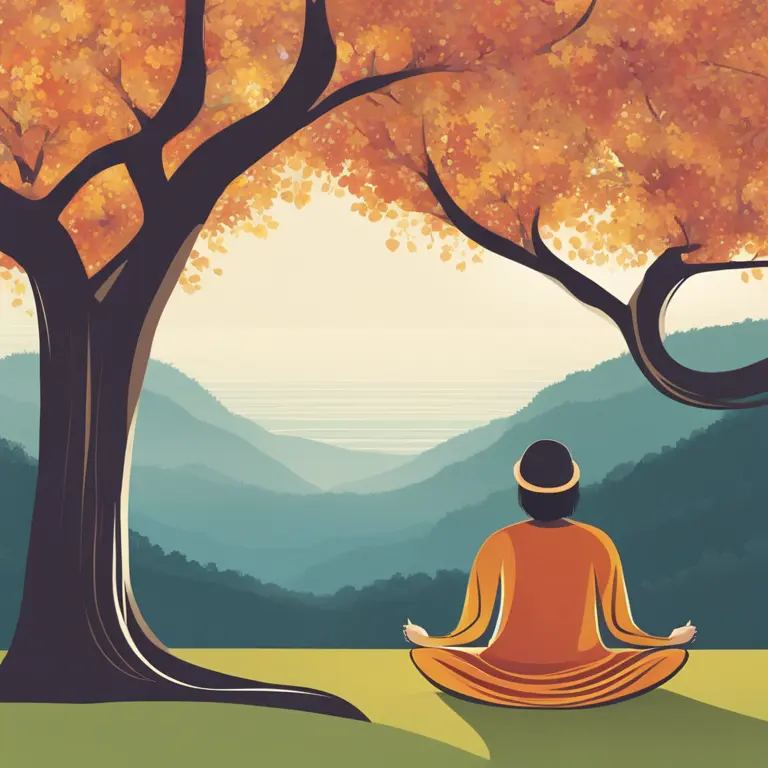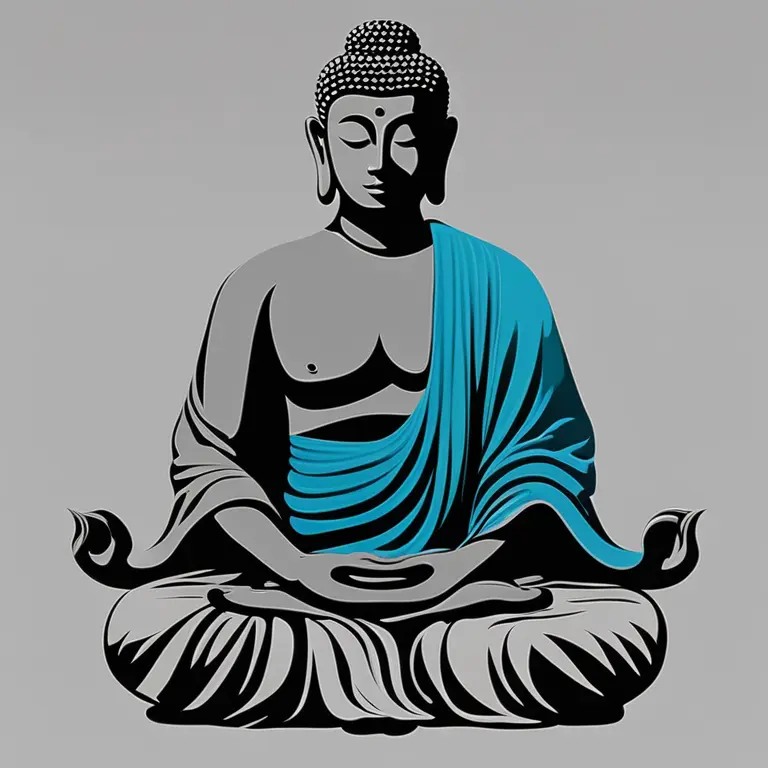
5 Meditation Techniques for Inner Peace
Discover five effective meditation techniques designed to cultivate tranquility, boost well-being, and enhance your spiritual journey.
article by Hina Kurosawa
Mindfulness Meditation
With its roots in Buddhist teachings, Mindfulness Meditation encourages practitioners to observe their thoughts without judgment. Popularized in the West by figures such as Jon Kabat-Zinn, it involves paying close attention to the present moment—including sensations, thoughts, and emotions. To practice, find a quiet space, focus on your breath, and observe your thoughts as they pass without engaging or analyzing them. Over time, this technique improves concentration, reduces stress, and fosters a deep sense of peace, highly relevant for the fast-paced world of 2024 and beyond, where digital distractions are rampant.

Transcendental Meditation
Transcendental Meditation (TM) is a simple, yet profound technique that involves the silent repetition of a mantra—a specific word or phrase given by a certified TM teacher. Practiced twice daily for about 20 minutes, this form of meditation has gained widespread recognition for its effectiveness in reducing anxiety and promoting a state of relaxed awareness. Celebrities and business moguls often endorse TM for its ability to enhance creativity and productivity, as well as its benefits for heart health, making it a fitting practice for modern lifestyle considerations.

Zen Meditation (Zazen)
The very heart of Zen Buddhist practice, Zazen, or seated meditation, emphasizes disciplined posture and breathing to achieve a state of deep, quiet reflection. Practitioners often sit in the lotus or half-lotus position, keeping their back straight and focusing on the breath. Allowing thoughts to come and go without attachment, one cultivates a sense of detachment and equanimity, which is increasingly valuable in today's world marked by uncertainty and change. Zazen practitioners find a grounded presence, which can be especially empowering amidst the rapid technological advancements and societal shifts expected post-2024.

Guided Visualization
Guided visualization is a powerful tool for harnessing the mind's ability to influence the body and emotions. It involves listening to a guide—either in person or via a recording—describe a peaceful and positive scene or journey. This technique is particularly accessible for beginners and can be tailored to individual needs, such as improving sleep quality or managing stress. As virtual and augmented reality technologies advance, guided visualizations may incorporate more immersive and interactive elements to enhance the meditative experience, offering new wellness possibilities to explore.

Yoga Nidra
Also known as "yogic sleep," Yoga Nidra is a form of meditation that aims to induce a deeply relaxed state while maintaining consciousness. This technique often involves lying down and following a structured sequence of breath, body, and awareness practices. Yoga Nidra is recognized for its potential to heal trauma and reduce stress-related disorders. As society continues to seek out methodologies for mental health and well-being, Yoga Nidra stands out for its therapeutic benefits and ease of practice, suitable for individuals of all ages and lifestyles.
Published: 1/18/2024
Modified: 1/18/2024
More predictions
Come back here soon to learn more about yourself and your future


Meditation's Effect on Blood Pressure
Discover how meditation can contribute to lower blood pressure, offering a serene path to cardiovascular health in this in-depth article.


Beginner's Guide to Effective Meditation Techniques
Discover the core techniques for successful meditation and enhance your spiritual journey with this beginner-friendly guide.